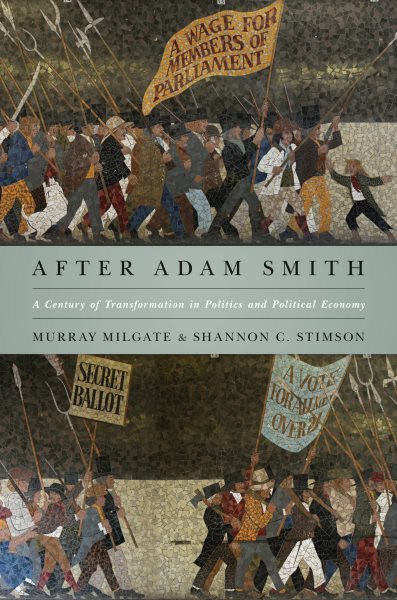This is an important, sound analysis of the interrelation between political and economic theory in the century after Adam Smith. It examines Smith, changes made to Smith's conclusions, the political-economic conclusions and implications of classical political economy (e.g., David Ricardo, Robert Malthus, and John Stuart Mill), major dissidents (e.g., Robert Owen, Thomas Hodgskin, Karl Marx), and, briefly, marginalist/neoclassical theory (e.g., William Stanley Jevons and Leon Walras). Throughout, Milgate (Queens College, Univ. of Cambridge, UK) and Stimson (Univ. of California, Berkeley) analyze theoretical continuities and discontinuities that remain important, including development of the politically charged "invisible hand." This book exemplifies the best contemporary work on the nexus of political and economic theory. This reviewer has only two caveats on this otherwise excellent book. First, the interpretation of Mill's On Liberty is unusual. Second, examination of the political in political economy could be deepened. Chapters 9 and 11 are especially thorough in analyzing the interrelation of economic and political theory, but still more explication and analysis of the moral, philosophical, and political assumptions and claims in economic theories, including human motivation, normal relations, the nature of order, and rival meanings of both economics and politics is desirable.
Check Catalog


No comments:
Post a Comment